special exhibitions
show your colors
Colors are much more than mere impressions. They are symbols, emotions and messages that have shaped culture, faith and art for centuries. The St. Afra Diocesan Museum invites you to immerse yourself in the fascinating world of color with the exhibition series Showing Color. The focus is on one color at a time.
see black
September 26th – November 23th 20252025
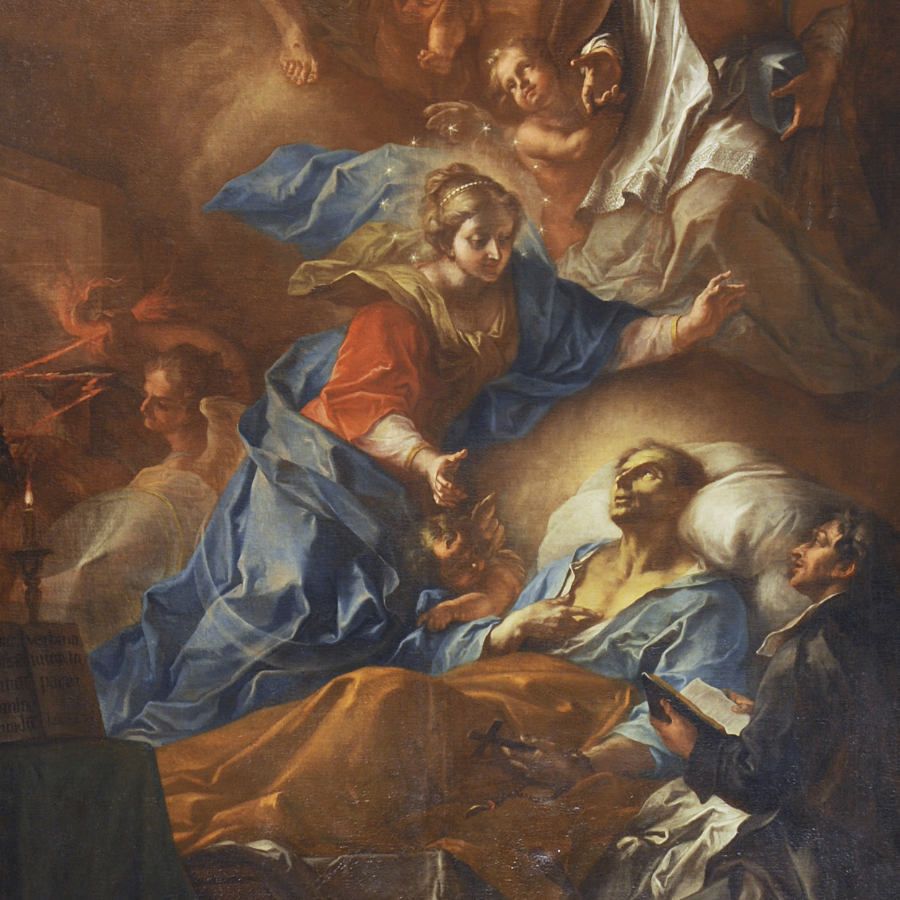
that is worth its weight in gold
december 5th 2025 – feb 1st 2026
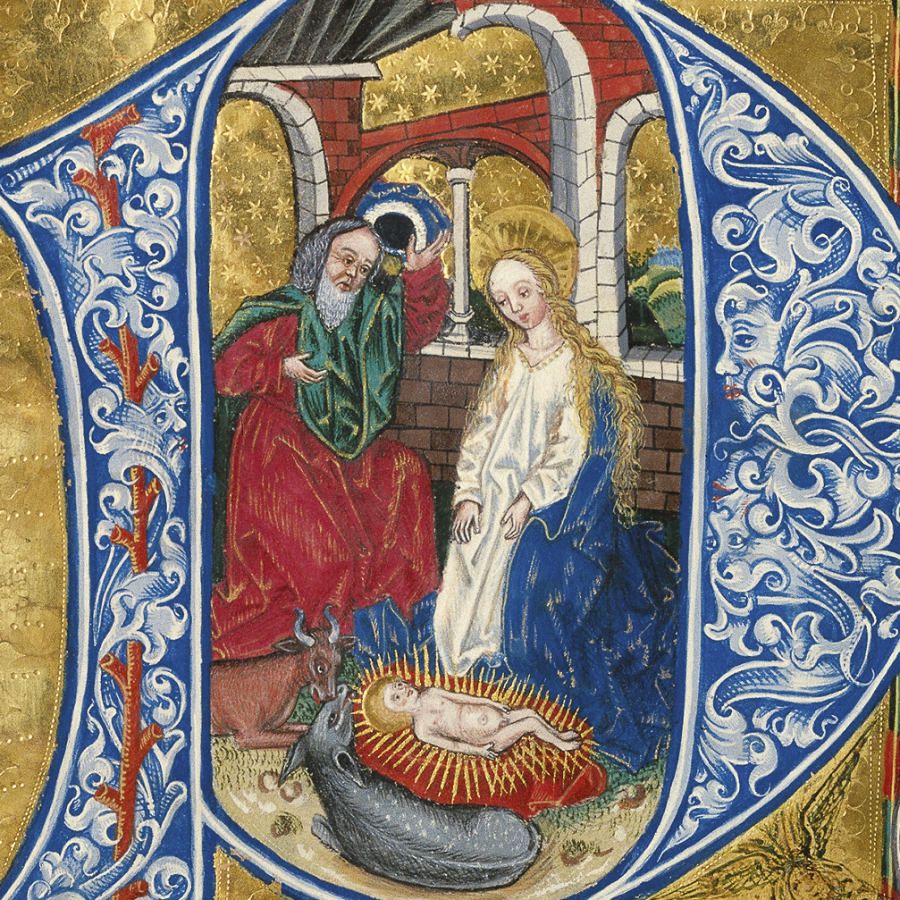
review
SPECIAL EXHIBITIONS
April 5th - July 14th 2024
ULRICH brilliant, social, loyal, memorable

Poverty, war, charity, straightforwardness, hope and faith in times of crisis - Ulrich of Augsburg and the phenomena of his time read like breaking headlines.
But who actually was Ulrich of Augsburg? And why should we be concerned with a bishop who has been dead for over 1000 years?
The exhibition attempts to get closer to this person in four sections. Join us for a fresh look at Ulrich's cinematic life story and get to know known and unknown facets of his life and work.
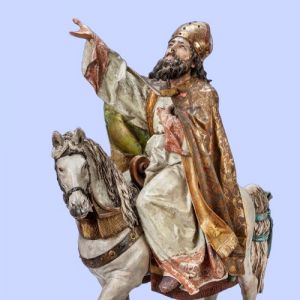

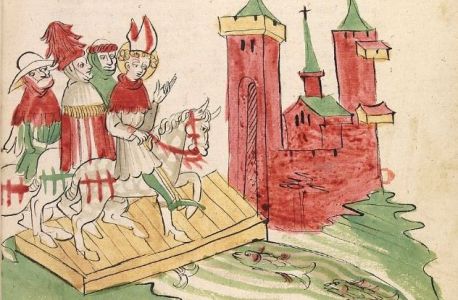
Ulrich's life is brilliant. Let's just say that for once. Was the Swabian a normal child like you and me? And is Ulrich's life story really always brilliant or does he just do what a bishop in the 10th century has to do? Let's find out!

Being loyal means being faithful. But to whom and why so consistently? Ulrich's networks were complex. How did he behave towards his noble relatives, King Otto I and the Pope? In order to better understand Ulrich, it is worth delving into the medieval tangle of counts, knights, commoners and clerics.

The need for help is a recurring theme throughout human history and was of course also an issue in Ulrich's time.
What did it mean to be poor in the 10th century? Who does the bishop help out of a tight spot and what measures does he take?



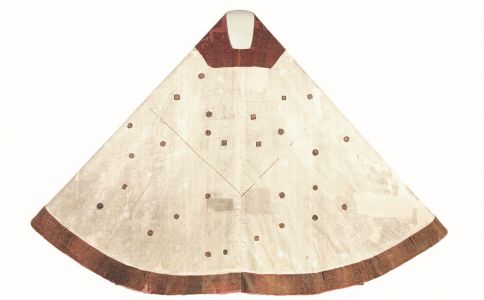
The appreciation of Ulrich began immediately after his death and continues to this day. What do and did people do to express their devotion to their saint?
Let us surprise you!

Review
Das Ulrichskreuz. Ereignis + Erinnerung /
The Cross of Ulrich. Episode + remembrance
The Cross of Ulrich. Episode + remembrance
October 6th 2023 - January 28th 2024

Ulrichskreuze (St Ulrich's crosses) are a speciality of Augsburg. The small metal pilgrimage souvenirs have been handed out at the grave of St Ulrich for at least four centuries. Believers attributed to the crosses a power to protect them from illness and the dangers of everyday life. Ulrichskreuze helped against lightning, water hazards and even against plagues of rats.
Get to know St Ulrich and his victory cross. What do the Ulrichskreuze have to do with this victory cross? What distinguishes the crosses from each other?

Meet Augsburg priest Josef Maria Friesenegger, who collected and explored hundreds of Ulrichskreuze. Help him to discover Ulrichskreuze in the city at our multimedia table.
In the exhibition, wander through local forests first to Augsburg and then on to the saint's shielded burial vault.

The Ulrichskreuze themselves show us what immense personal value they had in people's lives. Whether as a baptismal gift, a rosary pendant, a beer mug lid, a sundial or a burial object - the little crosses were companions for a whole lifetime. Some Ulrichskreuze were artistically assembled from silver filigree threads and worn as jewellery. On the occasion of secular, ecclesiastical and private anniversaries, Ulrichskreuze are still issued and given away today.



00685 G 00

00499 G 00
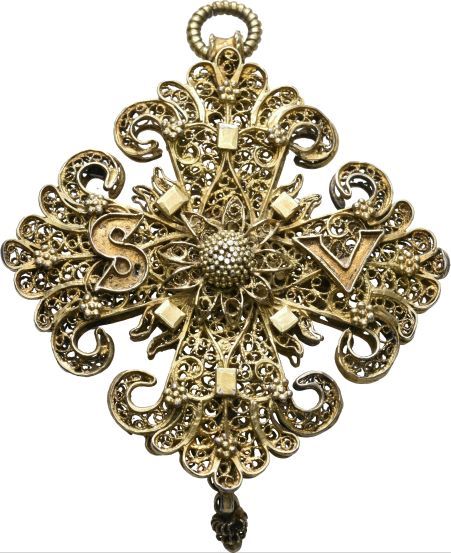

00196 G 00

10 75 Web 2

2 02 Web

Welcome to this exhibition about a form of expression of Bavarian piety, about the world's largest collection of over 700 Ulrichskreuze presented here, and about the lives of earlier generations with their jubilee days, fears and hardships, which the little crosses tell of.




Experience old and new Ulrichskreuze in the light of their fascinating stories. Start your journey of discovery through the exhibition with an interactive game. Explore the themes with all your senses at family-friendly hands-on stations, take advantage of our extensive, target group-oriented accompanying programme and let yourself be inspired!

guided tours
guided tours for families
guided tours for children
guided tours for people who use sign language
guided tours for people with dementia
guided tours for blind and visually impaired people
Appetithappen. art talks.
Ulrichs Fish
A picture book exhibition for children and all who are close to them
13th July - 16th August 2023


We see, feel and hear
how Elsbeth was comforted, what Ulrich's fish means, why church bells and water feel calming.
We learn how a picture book is made.
In the museum we can browse and listen, search, discover and be creative ourselves.
Let's immerse ourselves with all our senses in an atmospheric exhibition around the original pictures of the children's book "Elsbeth, the fish and St Ulrich".


© Ulrike Baier, Wißner-Verlag
Reading aloud sessions, writing workshop and picture book cinema



REVIEW
KEBAB
Kulturgut erhalten, bewahren, ausstellen, begreifen
Preserving, conserving, exhibiting, understanding cultural heritage
September 9 to December 4 2022
This exhibition offers an fascinating look behind the scenes of museum work and conservation science. Discover and find out more about the different genres and materials such as wood, metal, textile, paper and ivory as well as their threats.
Collecting, preserving, researching and finally exhibiting cultural heritage and making it understandable through education are the main tasks of every museum. A cultural item is the result of artistic production or other evidence of human culture that is recognised as important and worthy of preservation. This results in requirements and opportunities for daily museum work.
The Diocesan Museum St. Afra also researches, preserves its valuable collection of European relevance for future generations and shares its knowledge with a broad public. It is not always financially possible to initiate conservation projects, and in many cases all we can do is to make sure that existing damage does not increase.
Conservators are specialised in different genres and materials. They are the ones who recognise, identify and repair damage and dangers caused by incorrect handling in the past and unfavourable climatic conditions, so that cultural assets are preserved for posterity.
Each second Sunday, you are welcome to peek over the shoulder of conservator Maria Winner while she works on the Gothic sculpture of St. Wolfgang, and, of course, you are also welcome to ask questions. Using a 3D scan of the sculpture, you can explore Wolfgang on your own and explore the subject in depth.






